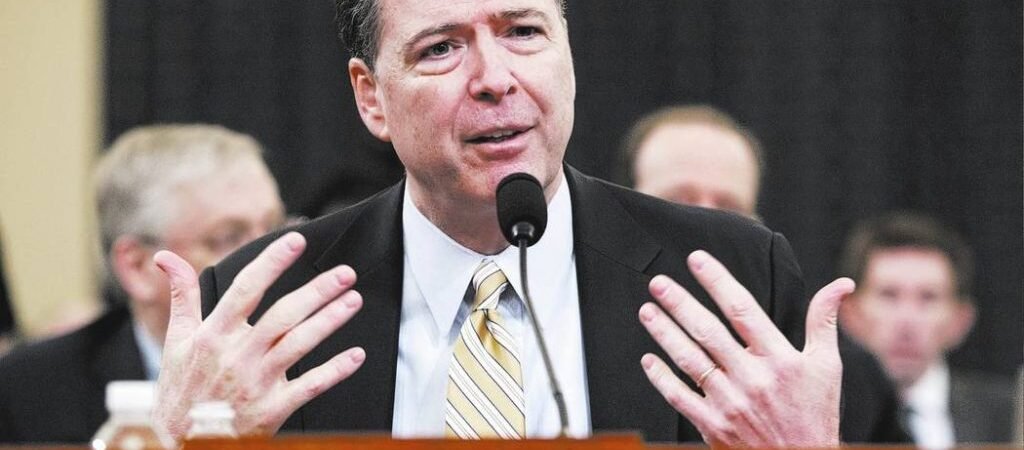Former FBI director James Comey was indicted by a federal grand jury on September 25, 2025, on two counts: making false statements to Congress and obstructing a congressional proceeding. The charges stem from his 2020 testimony about the FBI’s Russia investigation and allege he misstated or concealed facts about internal approvals and media disclosures; Comey has denied wrongdoing and says he will contest the case. The filing was publicized by the U.S. attorney’s office and widely reported by national outlets, which note the case has been fast-tracked and immediately sparked intense political reaction.
Charges and Timeline
Prosecutors tie the counts to specific passages of Comey’s 2020 congressional testimony and to contemporaneous memoranda and communications they say contradict his statements. The indictment was filed shortly after an acting U.S. attorney—who had only recently assumed the Eastern District of Virginia post—moved the case forward; reporting says at least one career prosecutor who had reviewed the matter resigned after raising questions about the evidence. Media reports also note that a grand jury earlier declined to approve an additional proposed count before the two-count indictment was returned.
Want to Put Your Business in Front of Like-minded Leaders?
The Faith in Policy newsletter reaches 20,000+ monthly reads from over 1,800 local business owners every single day—leaders who value faith, family, country, truth, and service.
In 2026, we’re opening just 10 sponsorship spots—placing your ad directly in our articles for high-trust visibility, stronger loyalty, and lasting relationships with values-aligned leaders.
Reserve your spot here -> Sponsorship Form
Evidence and Hurdles
The government’s presentation leans on written records, prior depositions and the juxtaposition of those records with Comey’s testimony; to secure a conviction prosecutors must prove that any inaccurate statements were knowingly false rather than mistakes of memory or wording. Defense lawyers and some legal analysts emphasize that proving criminal intent in a high-profile, politically charged hearing is difficult, and early court transcripts show a judge expressing confusion about the prosecution’s handling of the material. Those procedural questions and disagreements among prosecutors about sufficiency of evidence are central to how the case will proceed.
Jan. 6 Agent Claims
Separately, recent reporting circulating on social media cites an internal after-action figure of roughly 274 plainclothes FBI personnel noted as responding to the Jan. 6, 2021 events; those numbers have been seized on to allege covert infiltration. But the Justice Department inspector general’s December 2024 review found no evidence that the FBI placed undercover employees in the crowds or authorized informants to incite violence, and fact-checkers stress that “plainclothes” can include many types of responders (bomb technicians, SWAT, investigative personnel) rather than covert agents sent to provoke unrest. In short, the newly reported personnel tallies do not, on their face, contradict the OIG’s prior finding that the FBI did not deploy undercover operatives to instigate the riot.
